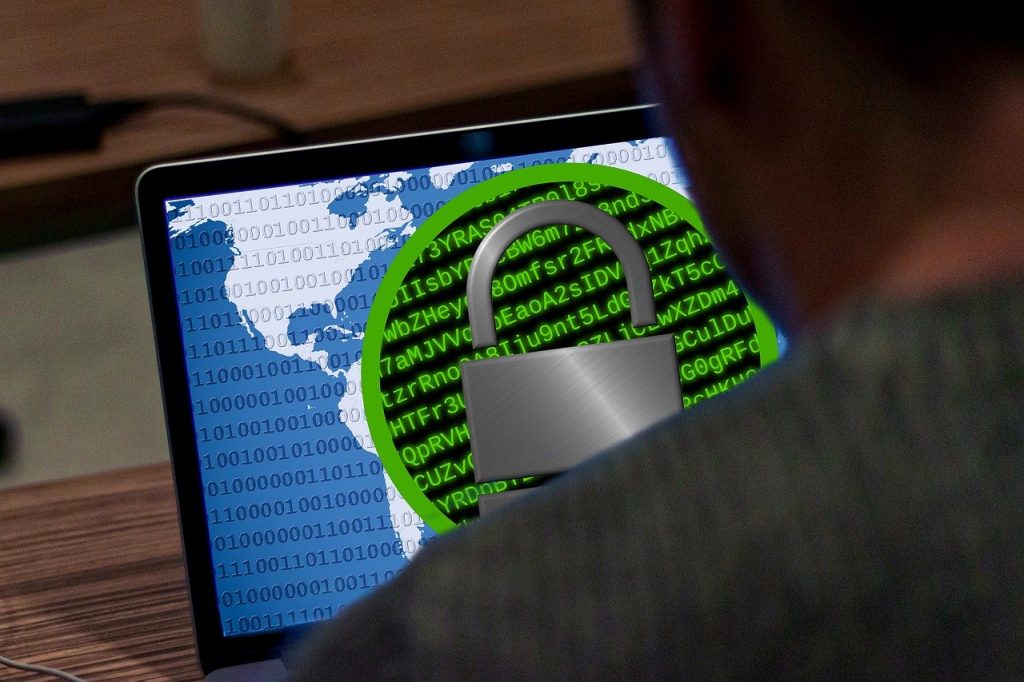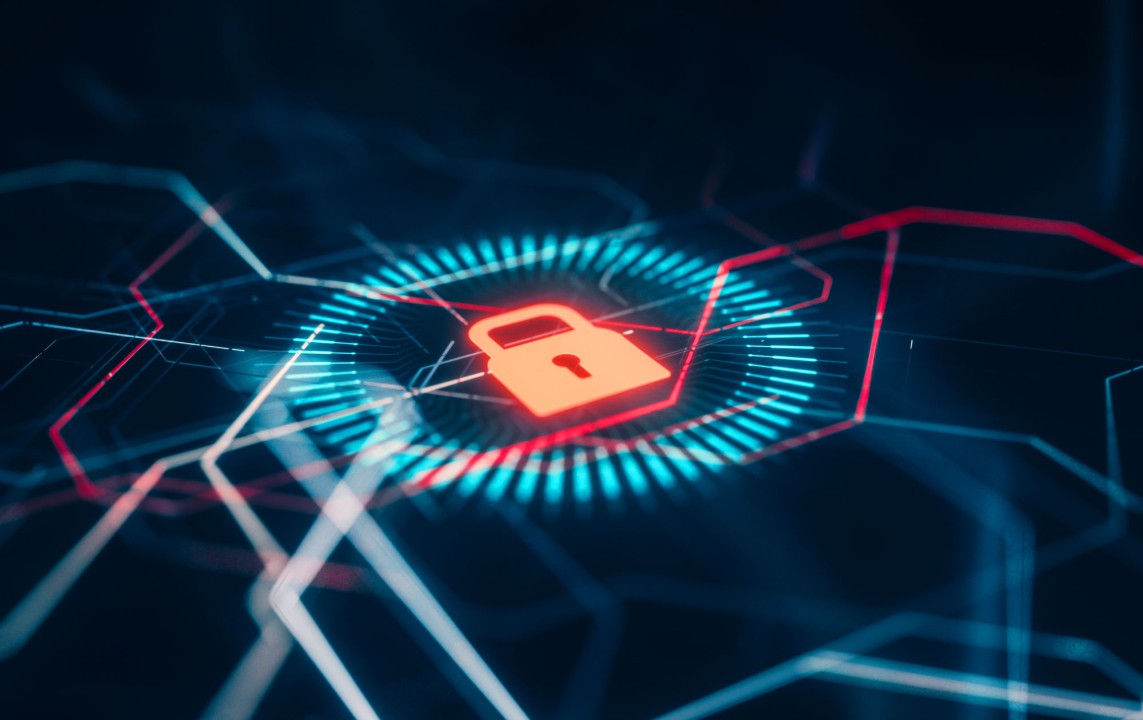
Cybersecurity for Critical Infrastructure: Mitigating Risks to Essential Services
In today’s increasingly interconnected world, critical infrastructure is vital in providing essential services that society relies upon. From power grids and transportation systems to healthcare infrastructure and communication networks, these systems are vulnerable to cyber threats that can disrupt services and cause significant harm. Therefore, safeguarding critical infrastructure and mitigating cybersecurity risks have become imperative.
Let’s explore the importance of cybersecurity for critical infrastructure and discuss practical strategies to protect these essential services.
Cybersecurity for critical infrastructure is of paramount importance in today’s digital landscape. As our dependence on technology and interconnected systems grows, so does the risk of cyber attacks that can disrupt essential services. This article aims to provide insights into mitigating risks to critical infrastructure and ensuring the resilience of these vital systems.
Understanding Critical Infrastructure:
Critical infrastructure refers to the physical and virtual systems that are essential for the functioning of society and the economy. It encompasses sectors such as energy, transportation, healthcare, communication, water and wastewater, and more. The disruption or destruction of critical infrastructure can have severe consequences, including economic losses, public safety hazards, and societal upheaval.
Cyber Risks to Essential Services:
The interconnected nature of critical infrastructure makes it vulnerable to a wide range of cyber risks. Malicious actors can target industrial control systems, manipulate power grids, disrupt transportation systems, compromise water and wastewater facilities, infiltrate healthcare infrastructure, and compromise communication networks. These cyber-threats pose significant risks to the delivery of essential services and the overall functioning of society.
Protecting Critical Infrastructure:
Organizations and governments must implement robust cybersecurity measures to safeguard critical infrastructure. Let’s explore some key strategies for protecting different sectors of critical infrastructure:
Industrial Control Systems Security:
Industrial control systems (ICS) form the backbone of many critical infrastructure sectors. Protecting these systems involves:
- Implementing strong access controls.
- Regularly patching and updating software.
- Conducting security assessments.
- Segmenting networks to minimize the impact of potential breaches.
Threats to Power Grids:
Power grids are a the first target for cyber attacks due to their criticality. Implementing measures such as intrusion detection systems, encryption of data in transit, two-factor authentication, and incident response plans can help defend against threats to power grids.
Cybersecurity for Transportation Systems:
Transportation systems, including railways, airports, and seaports, are susceptible to cyber attacks that can disrupt operations and endanger public safety. Enhancing cybersecurity in transportation systems involves securing network infrastructure, adopting secure communication protocols, and implementing comprehensive monitoring and response mechanisms.
Securing Water and Wastewater Facilities:
Water and wastewater facilities play a crucial role in public health and sanitation. Protecting these facilities requires measures such as network segmentation, regular vulnerability assessments, encryption of data, and implementation of stringent access controls to prevent unauthorized access.
Cyber Resilience in Healthcare Infrastructure:
Healthcare infrastructure, including hospitals and medical devices, is increasingly interconnected and reliant on technology. Cyber resilience in healthcare involves ensuring secure electronic health records, robust authentication mechanisms, regular staff training on cybersecurity best practices, and maintaining effective incident response capabilities.
Protecting Communication Networks:
Communication networks serve as the backbone for various critical infrastructure sectors. Securing these networks involves:
- Implementing encryption protocols.
- Monitoring suspicious activities.
- Conducting regular audits.
- Collaborating with telecommunications providers to ensure the integrity and availability of communication services.
Defense against Cyber Attacks on Critical Infrastructure:
Organizations should adopt a multi-layered approach to defend against cyber attacks on critical infrastructure. This includes implementing firewalls, intrusion detection and prevention systems, security information and event management (SIEM) tools, and regular security assessments to identify vulnerabilities.
Incident Response in Critical Infrastructure:
Despite best efforts, cyber incidents may still occur. Establishing robust incident response plans specific to critical infrastructure sectors is crucial. These plans should include predefined roles and responsibilities, communication protocols, backup and recovery strategies, and regular drills to ensure a coordinated and effective response.
Risk Assessment and Management:
Conducting comprehensive risk assessments is essential to identify and prioritize potential vulnerabilities in critical infrastructure. Organizations should regularly assess their cybersecurity posture, identify potential threats, and implement risk mitigation measures based on each risk’s criticality and potential impact.
Cybersecurity Regulations for Critical Infrastructure:
Governments worldwide have recognized the importance of cybersecurity for critical infrastructure and have introduced regulations to enforce compliance. Compliance with these regulations, such as implementing specific security controls and reporting requirements, helps ensure a minimum level of cybersecurity across critical infrastructure sectors.
Collaboration and Information Sharing:
Collaboration and information sharing among stakeholders, including government agencies, private organizations, and industry associations, are crucial for combating cyber threats. By sharing threat intelligence, best practices, and lessons learned, stakeholders can collectively enhance the resilience of critical infrastructure.
Continuous Monitoring and Threat Intelligence:
Continuous monitoring of critical infrastructure systems, networks, and endpoints is essential to detect and respond to cyber threats in real time. Implementing threat intelligence platforms and leveraging machine learning algorithms can enable proactive threat hunting and timely incident response.
Access Control and Authentication:
Implementing robust access controls and authentication mechanisms helps prevent unauthorized access to critical infrastructure systems. This includes strong password policies, multi-factor authentication, and privileged access management to ensure that only authorized personnel can access critical systems.
Encryption and Data Protection:
The protection of sensitive data is vital in critical infrastructure sectors. Encryption of data both at rest and in transit adds an extra layer of security, ensuring that even if intercepted, the data remains unreadable and unusable to unauthorized individuals.
Physical Security of Critical Infrastructure:
Physical security measures are as necessary as cybersecurity measures in protecting critical infrastructure. Implementing surveillance systems, access controls for physical locations, and secure storage for critical assets help prevent physical breaches that could lead to cyber-attacks.
Training and Awareness Programs:
Organizations should prioritize cybersecurity training and awareness programs for employees and stakeholders. Organizations can significantly reduce the risk of successful attacks by educating individuals about potential cyber threats, best practices for cybersecurity, and the role they play in safeguarding critical infrastructure.
Cybersecurity Audits and Assessments:
Regular cybersecurity audits and assessments help identify vulnerabilities and measure the effectiveness of implemented security measures. These audits can be conducted internally or by third-party cybersecurity professionals to ensure compliance with industry standards and best practices.
Business Continuity and Disaster Recovery:
Developing and testing robust business continuity and disaster recovery plans is crucial for critical infrastructure sectors. These plans should outline procedures for responding to and recovering from cyber incidents, ensuring minimal disruption to essential services and the ability to quickly restore operations.
Conclusion:
In conclusion, ensuring critical infrastructure cybersecurity is essential for mitigating risks to crucial services. By implementing comprehensive security measures, conducting risk assessments, fostering collaboration, and staying informed about emerging threats, organizations can safeguard critical infrastructure and protect the services that society relies upon.
FAQs:
1. What is critical infrastructure?
Critical infrastructure refers to the physical and virtual systems that are essential for the functioning of society and the economy, including sectors such as energy, transportation, healthcare, communication, water and wastewater, and more.
2. Why is cybersecurity important for critical infrastructure?
Cybersecurity is crucial for critical infrastructure as these systems are vulnerable to cyber threats that can disrupt essential services, compromise public safety, and cause economic losses.
3. How can industrial control systems be secured?
Industrial control systems can be secured by implementing strong access controls, regularly patching and updating software, conducting security assessments, and segmenting networks to minimize the impact of potential breaches.
4. What are the key strategies for protecting power grids from cyber-attacks?
Key strategies for protecting power grids from cyber attacks include implementing intrusion detection systems, encrypting data in transit, using two-factor authentication, and having well-defined incident response plans.
5. How can collaboration and information sharing help in securing critical infrastructure?
Collaboration and information sharing among stakeholders help share threat intelligence, best practices, and lessons learned, enabling a collective effort to enhance the resilience of critical infrastructure.



